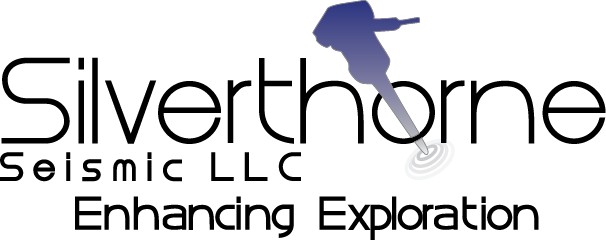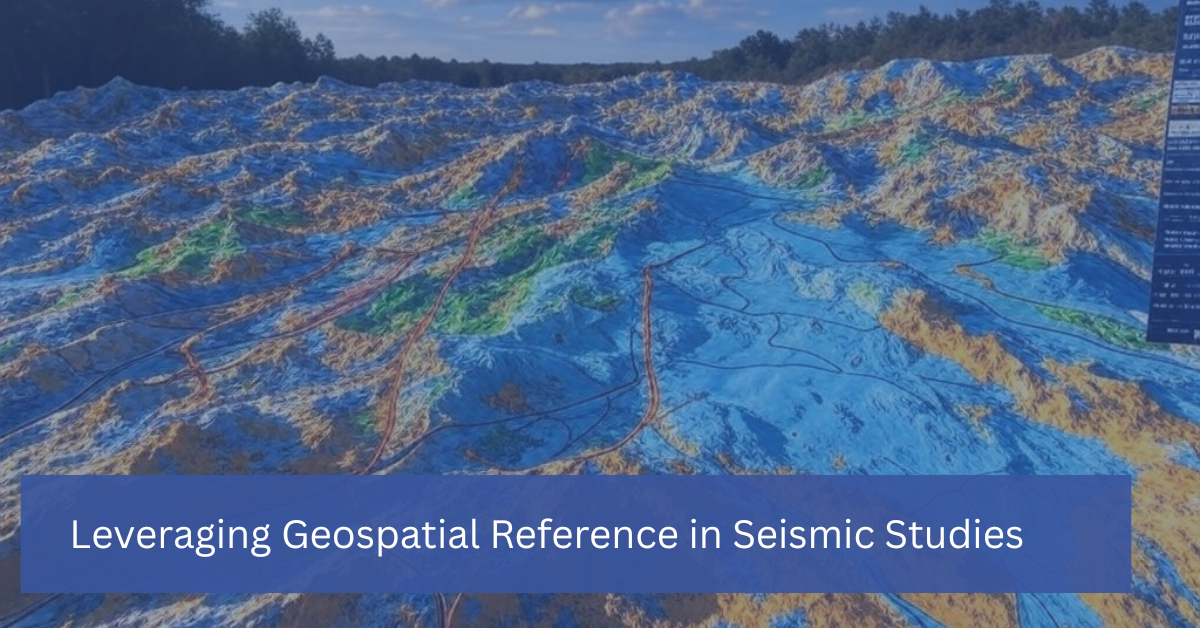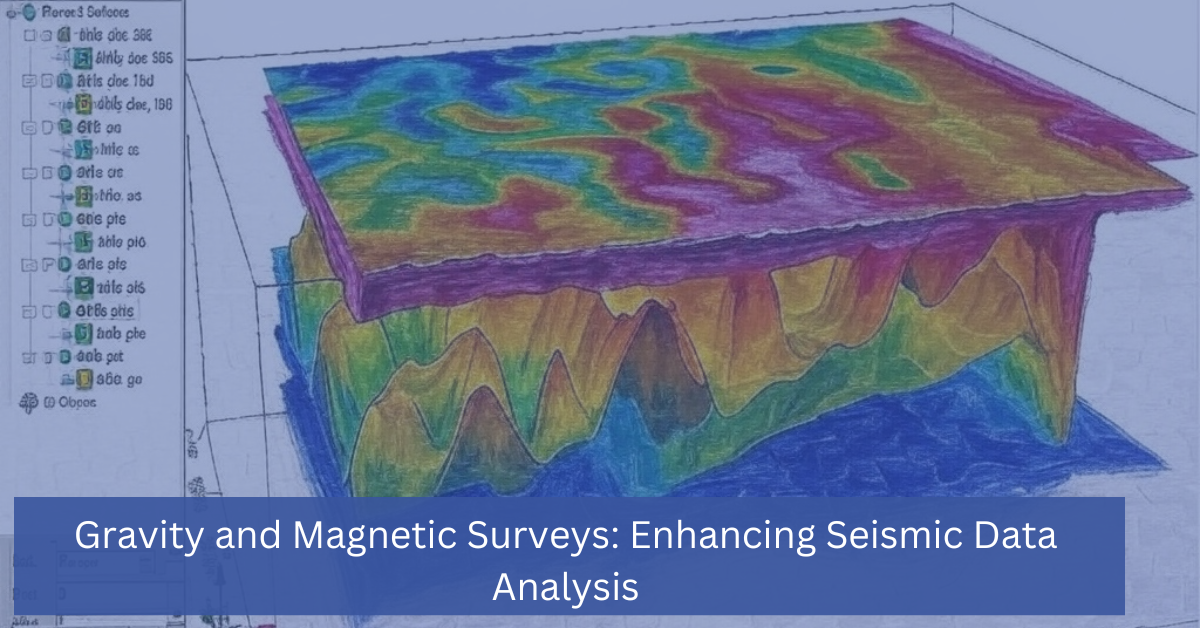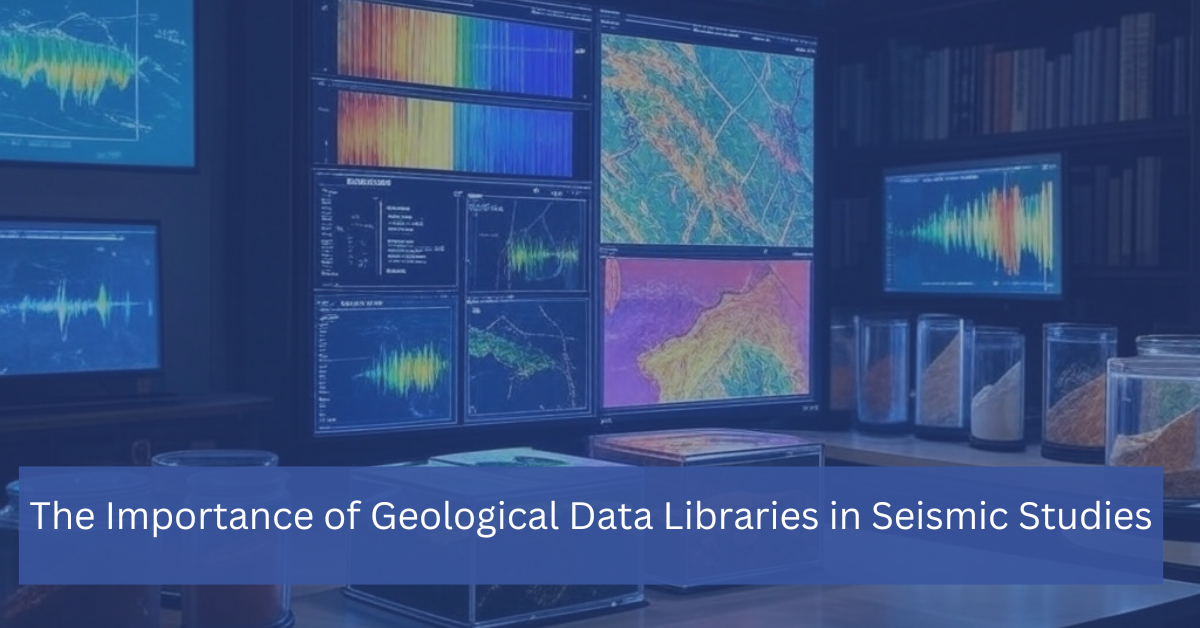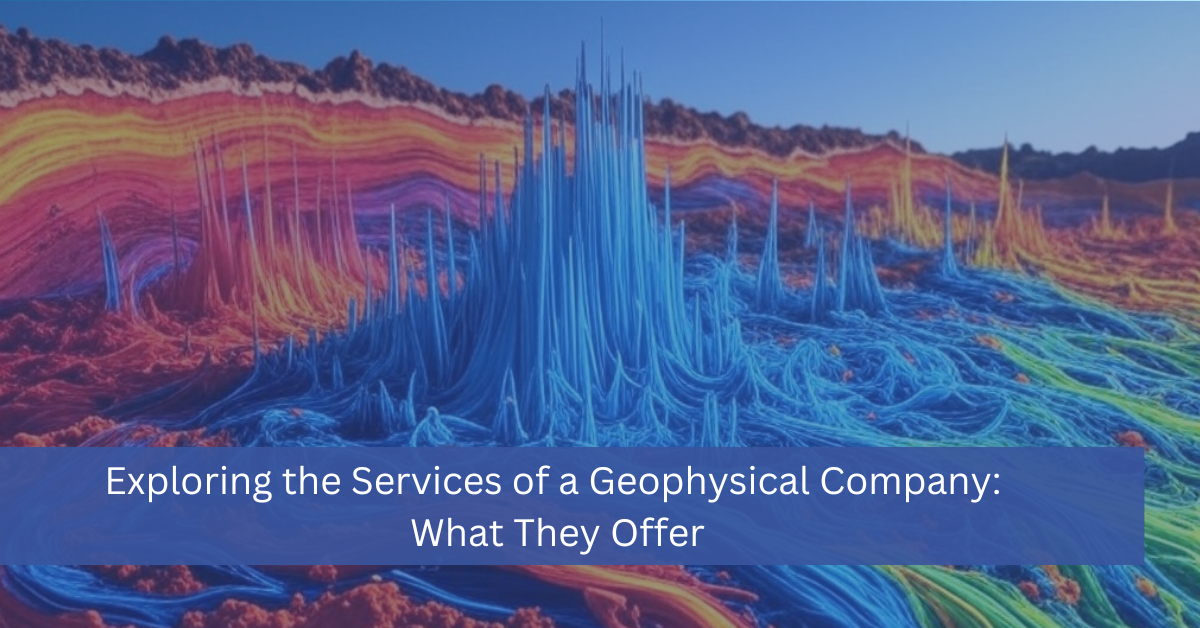In the realm of seismic studies, having access to comprehensive and well-organized geological data is critical. A geological data library serves as a centralized repository of subsurface information, offering vital insights that support seismic interpretation, exploration, and decision-making. Whether for oil and gas exploration, environmental assessments, or understanding geohazards, these libraries are indispensable resources for geophysicists, geologists, and engineers.
This blog explores the importance of geological data libraries in seismic studies and how they contribute to efficient and accurate exploration efforts.
What is a Geological Data Library?
A geological data library is a digital or physical archive that stores vast amounts of geoscientific information, such as well logs, seismic surveys, core samples, and geological maps. These libraries are often managed by government agencies, research institutions, or private companies and are designed to provide easy access to crucial data that aids in geological and seismic analysis.
Geological data libraries can contain a wide range of data, including:
– Seismic survey results: Data from 2D, 3D, and 4D seismic surveys, which are used to map subsurface formations.
– Well logs: Detailed records of geological formations encountered during drilling.
– Core samples: Physical samples of subsurface rock or soil, often taken during drilling operations for laboratory analysis.
– Geological maps: Visual representations of geological formations and structures.
– Geochemical data: Information on the chemical composition of rocks, fluids, and gases in the subsurface.
The Role of Geological Data Libraries in Seismic Studies
- Enhancing Seismic Interpretation
Seismic studies aim to visualize and map the Earth’s subsurface to identify potential oil and gas reservoirs, assess environmental hazards, or explore minerals. However, seismic data alone may not always provide a complete picture. Integrating seismic data with other geological information stored in a geological data library significantly improves the accuracy of subsurface interpretations.
By accessing well logs, core samples, and historical seismic data from a geological data library, geophysicists can better understand the subsurface environment. This allows for more accurate identification of hydrocarbon traps, fault lines, and other geological features, reducing the risk of drilling dry wells or encountering unforeseen hazards.
- Supporting Data Integration and Analysis
Seismic studies often involve the integration of various datasets to build a comprehensive understanding of the subsurface. A geological data library facilitates this process by offering a wide range of geological and geophysical data in one centralized location.
For example, a seismic survey might indicate the presence of a subsurface structure, but additional data from a geological data library—such as historical well logs or geochemical analysis—can provide valuable context. This integrated approach leads to better-informed decisions during exploration, reservoir characterization, and drilling activities.
- Reducing Costs and Exploration Risks
Exploration is inherently expensive, and the costs associated with drilling and developing a well can be substantial. One of the key benefits of a geological data library is the ability to reduce exploration risks and costs by providing access to historical data from nearby areas or similar geological settings.
By analyzing data from previous exploration efforts stored in the library, companies can make more informed decisions about where to invest resources, which formations to target, and how to avoid potential pitfalls. This reduces the likelihood of costly errors and enhances the success rate of exploration activities.
- Fostering Collaboration and Knowledge Sharing
Geological data libraries are valuable not only for individual companies but also for the broader geoscience community. Many libraries are open to government agencies, academic researchers, and industry professionals, creating opportunities for collaboration and knowledge sharing. This collective access to data fosters innovation and advances in seismic studies, leading to new discoveries and more efficient exploration techniques.
- Long-Term Data Preservation
The subsurface data gathered during seismic surveys and drilling operations is incredibly valuable, but without proper storage and preservation, it can easily be lost or become outdated. A geological data library ensures that this information is archived and accessible for future use.
Long-term data preservation is especially important in industries like oil and gas, where exploration efforts in a particular region may take place over decades. Geological data libraries allow companies and researchers to revisit data from years or even decades ago, enabling them to reprocess or reinterpret the information as technology advances.
Examples of Geological Data Libraries
Several geological data libraries around the world are playing crucial roles in seismic studies and exploration:
– National Geological Surveys: Many countries maintain national geological data libraries that provide access to seismic data, well logs, and other geoscientific information. For example, the U.S. Geological Survey (USGS) offers a wealth of geological data through its public databases.
– Petroleum Data Libraries: In oil and gas-producing regions, petroleum-specific data libraries house critical information on exploration and production activities. These libraries, often managed by government bodies or industry consortia, provide seismic data, drilling reports, and well logs that are vital for ongoing exploration.
– Academic and Research Libraries: Universities and research institutions often maintain geological data libraries that support academic studies and scientific research. These libraries are essential for students, researchers, and industry professionals seeking to advance their knowledge of seismic studies and geological phenomena.
In seismic studies, access to high-quality, comprehensive data is essential for making informed decisions. A geological data library serves as a critical resource for geophysicists, geologists, and engineers, enabling them to integrate seismic data with other geological information, enhance the accuracy of their interpretations, and reduce exploration risks.
Whether you’re working in oil and gas exploration, environmental geology, or geohazard assessment, a geological data library offers the tools and data needed to improve outcomes, foster collaboration, and preserve valuable knowledge for future generations. In an industry where precision is paramount, the importance of these libraries cannot be overstated.
